Human-Computer Interaction (HCI) Lab
at the University of Oregon (UO)
The Human Computer Interaction (HCI) Laboratory at the University of Oregon (UO) pursues a wide range of unique projects that creatively explore how emerging technologies can best serve humanity. Please contact Dr. Anthony Hornof if you are interested in joining the lab.
Assistive Technology
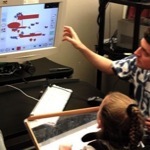
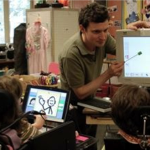
Cognitive Modeling and Human Performance
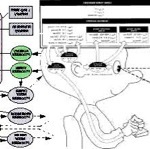
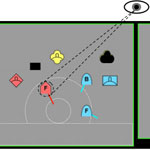
Eye-Tracking
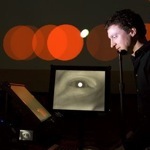
Last Updated November, 2017